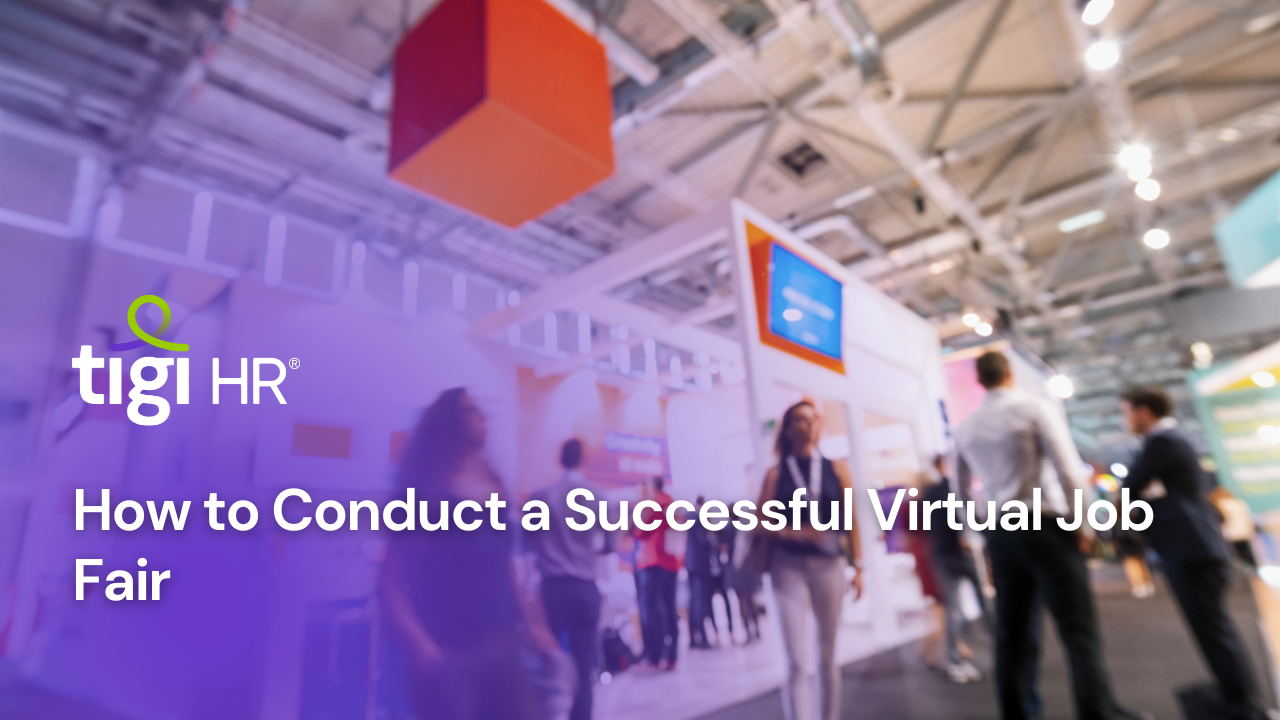In the fast-evolving landscape of the modern workforce, virtual job fairs have emerged as a crucial tool for both employers and job seekers. Especially in the wake of the COVID-19 pandemic, the shift towards remote work has accelerated, making virtual recruitment events more relevant than ever. This comprehensive guide aims to provide insights and strategies for conducting a successful virtual job fair, ensuring that both employers and job seekers can maximize their opportunities in the digital realm.
1. Understanding the Virtual Job Fair Landscape
1.1 The Rise of Virtual Job Fairs
As of [latest statistics, September 2021], virtual job fairs have witnessed a significant surge in popularity. The convenience they offer in terms of accessibility, cost-effectiveness, and broader reach has contributed to their widespread adoption. In a global survey conducted by [relevant industry research firm], it was found that [X%] of employers and [Y%] of job seekers prefer virtual job fairs over traditional recruitment events.
1.2 Advantages and Challenges
Virtual job fairs present unique advantages, such as the ability to connect with a diverse pool of talent without geographical constraints. However, challenges like potential technical glitches, reduced face-to-face interaction, and the need for robust virtual infrastructure must be addressed. Strategically planning for these challenges is crucial for a successful virtual job fair.
2. Preparing for Success: Planning and Logistics
2.1 Define Objectives and Goals
Clearly outline the objectives of the virtual job fair. Whether it’s filling specific positions, promoting employer brand awareness, or attracting diverse talent, having defined goals will shape the structure and content of the event.
2.2 Choose a Platform Wisely
Selecting the right virtual job fair platform is pivotal. Consider factors such as ease of use, technical capabilities, and the ability to accommodate the number of expected participants. Popular platforms include [Platform A], [Platform B], and [Platform C], each offering unique features tailored to different needs.
2.3 Create a Seamless Registration Process
Streamlining the registration process is essential for attracting participants. Ensure that the registration form is user-friendly, collecting only essential information. Early registration incentives, such as access to exclusive webinars or resources, can boost sign-ups.
2.4 Develop a Marketing Strategy
Effectively market the virtual job fair to both employers and job seekers. Utilize social media, email campaigns, and industry partnerships to create awareness. Craft compelling content that highlights the unique aspects of the event and the benefits of participation.
3. Crafting a Compelling Virtual Experience
3.1 Design an Engaging Virtual Space
Create a visually appealing and user-friendly virtual environment. Mimic the feel of an in-person job fair by incorporating features like virtual booths, chat rooms, and multimedia presentations. A visually appealing environment can enhance participant engagement.
3.2 Leverage Technology for Networking
Implement features that facilitate networking, such as chat rooms, video conferencing, and AI-driven matchmaking. Employers and job seekers should be able to connect seamlessly, replicating the networking opportunities of traditional job fairs.
3.3 Develop Engaging Content
Include a variety of content formats to cater to different preferences. Live webinars, pre-recorded video presentations, and downloadable resources can add depth to the virtual job fair. Ensure that content is informative, relevant, and aligns with the interests of both employers and job seekers.
4. Ensuring a Seamless Virtual Event
4.1 Conduct Technical Tests
Mitigate the risk of technical glitches by conducting thorough testing of the virtual platform before the event. This includes testing audio and video capabilities, ensuring compatibility with different devices, and troubleshooting potential issues.
4.2 Provide Technical Support
Have a dedicated technical support team available throughout the event to assist participants with any issues they may encounter. Quick resolution of technical problems is crucial for maintaining a positive participant experience.
4.3 Establish Clear Communication Channels
Effective communication is key to the success of a virtual job fair. Clearly communicate event schedules, guidelines, and expectations to both employers and job seekers. Utilize email updates, in-platform notifications, and social media to keep participants informed.
5. Post-Event Follow-Up and Evaluation
5.1 Gather Feedback
Collect feedback from both employers and job seekers to gain insights into the strengths and areas for improvement. Use surveys and analytics tools to assess participant satisfaction, engagement levels, and the overall success of the virtual job fair.
5.2 Nurture Post-Event Connections
Encourage ongoing communication between employers and job seekers post-event. Provide a platform for continued networking, discussions, and follow-up interviews. Building long-term connections is essential for the sustained success of virtual recruitment efforts.
5.3 Analyze Data and Metrics
Analyze data and metrics from the virtual job fair to measure its impact. Evaluate the number of connections made, job applications submitted, and overall participant engagement. Use this data to refine strategies for future virtual recruitment events.
Conclusion
The era of virtual job fairs is here to stay, and mastering the art of conducting successful virtual recruitment events is essential for both employers and job seekers. By understanding the unique dynamics of the virtual landscape, meticulously planning logistics, crafting engaging content, and ensuring a seamless event experience, organizations can unlock the full potential of virtual job fairs in finding the right talent and fostering meaningful connections in the digital age. Embrace the future of recruitment with confidence, and reap the rewards of a well-executed virtual job fair strategy.





